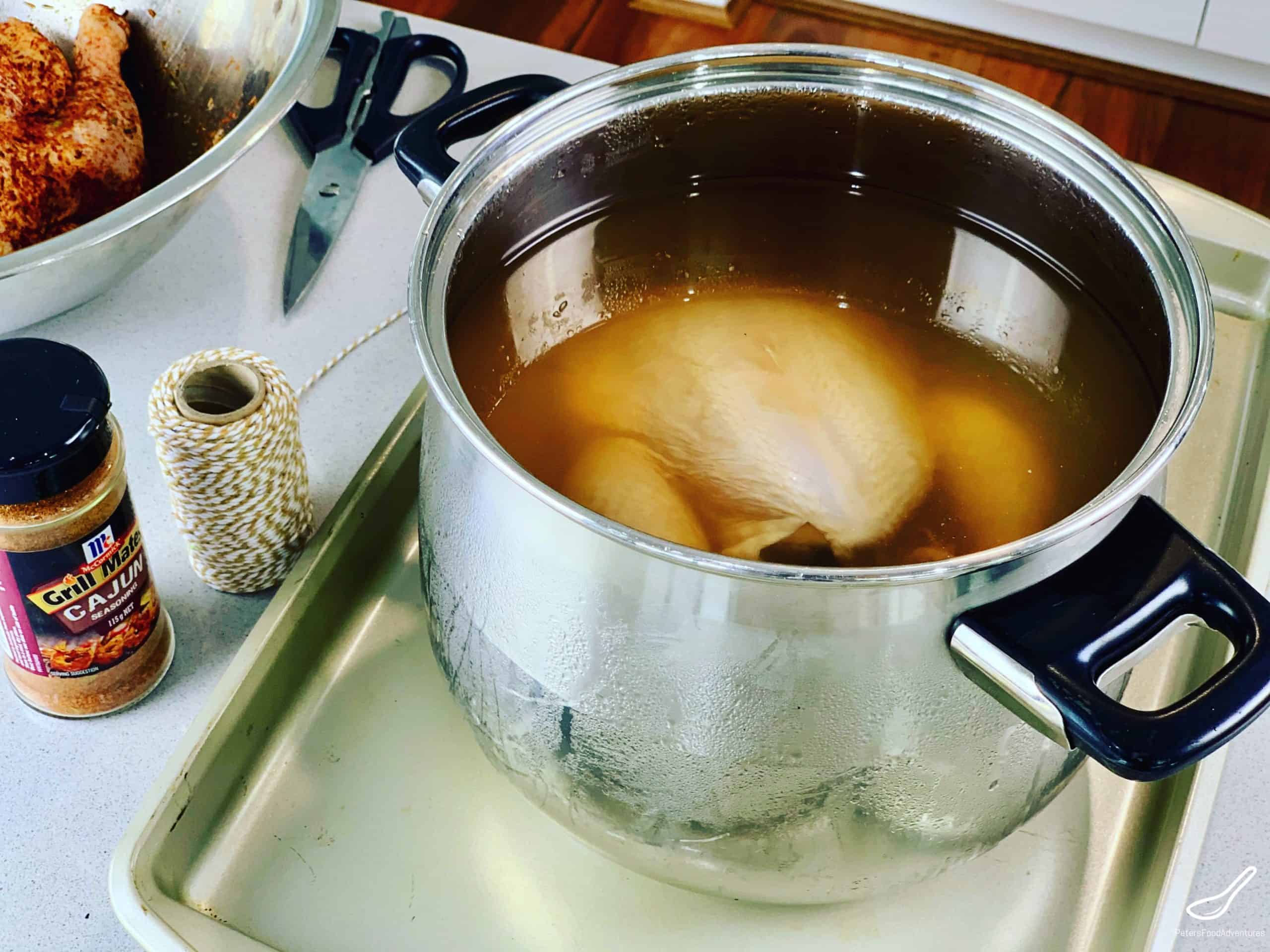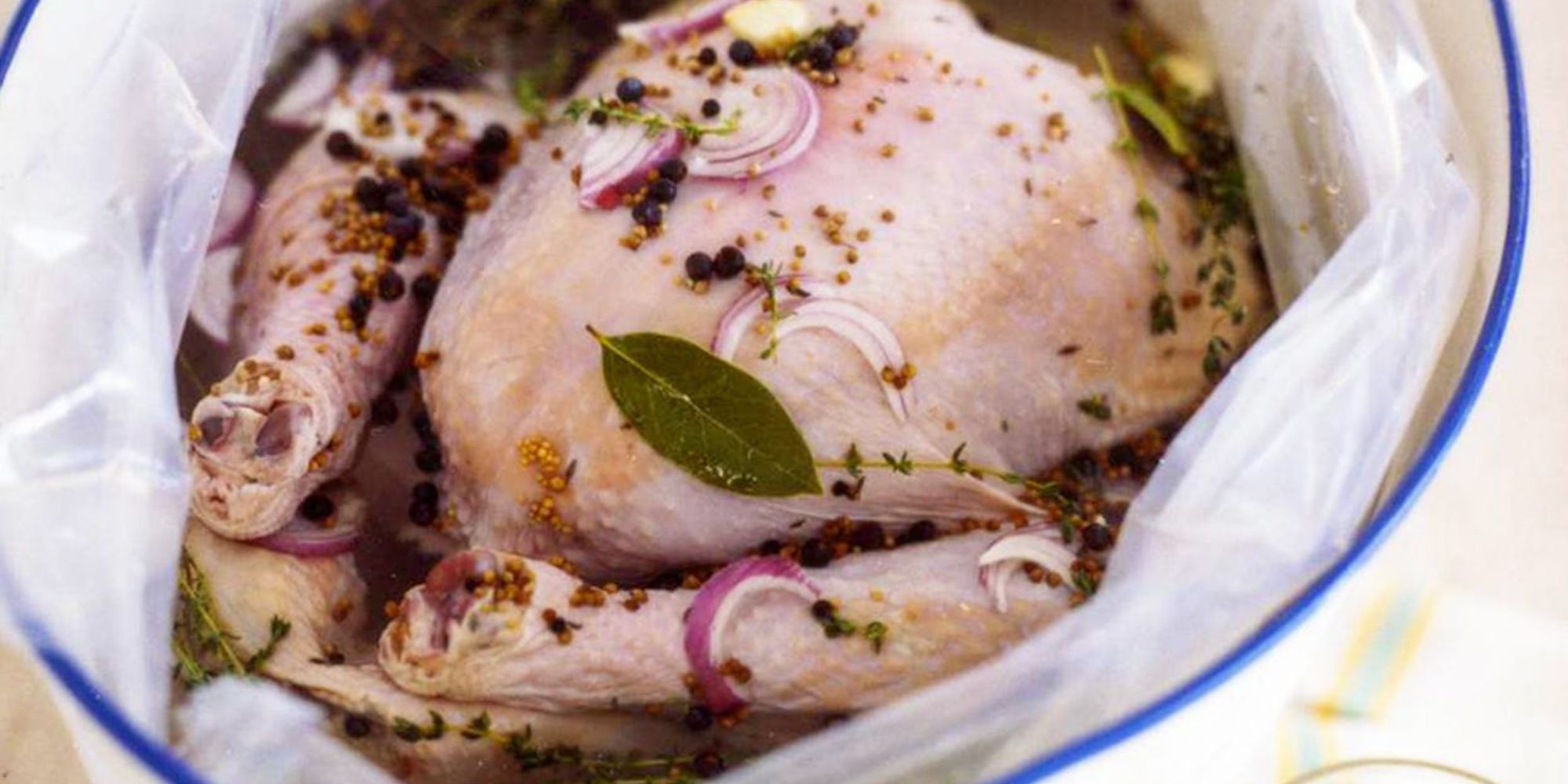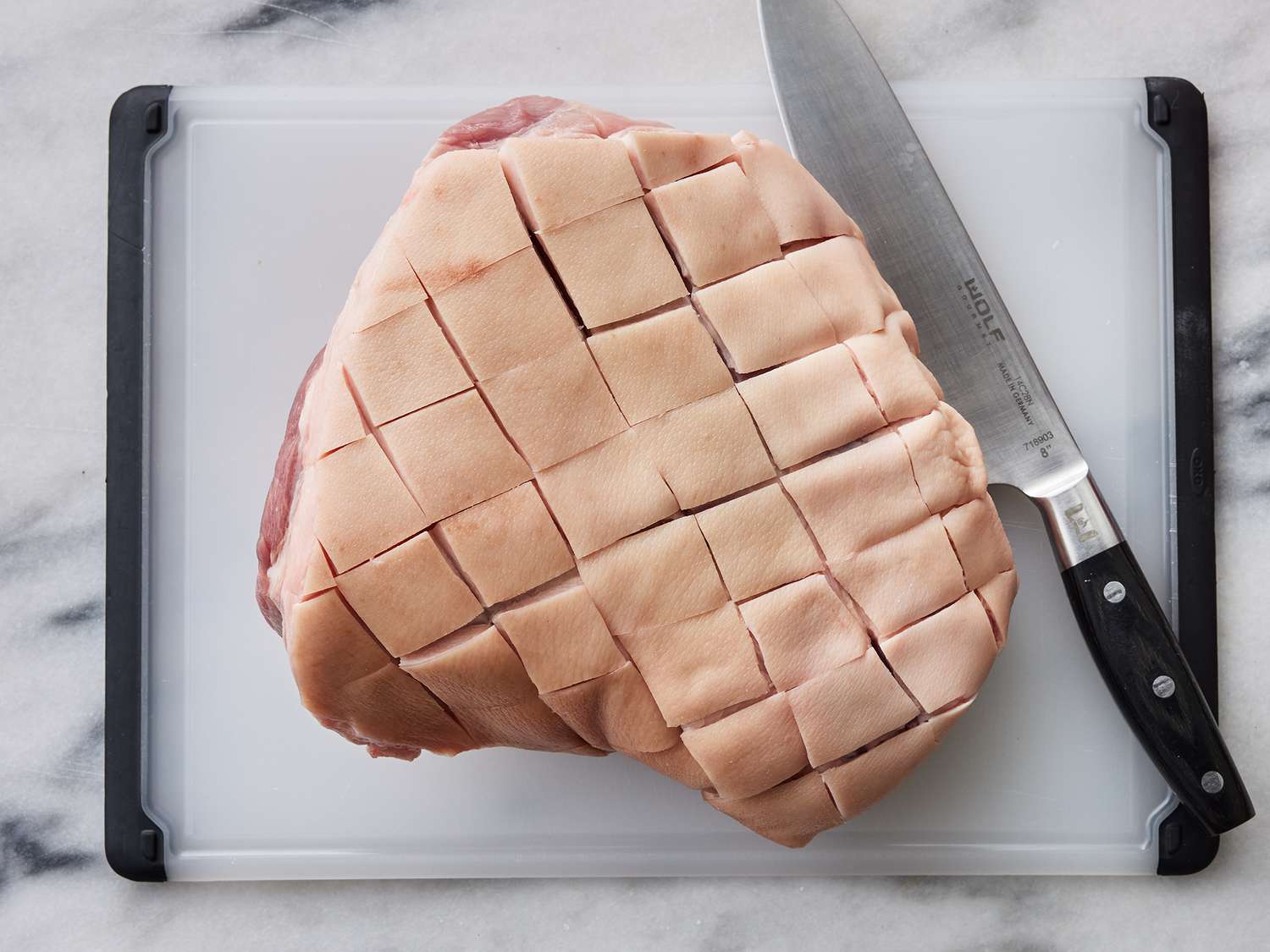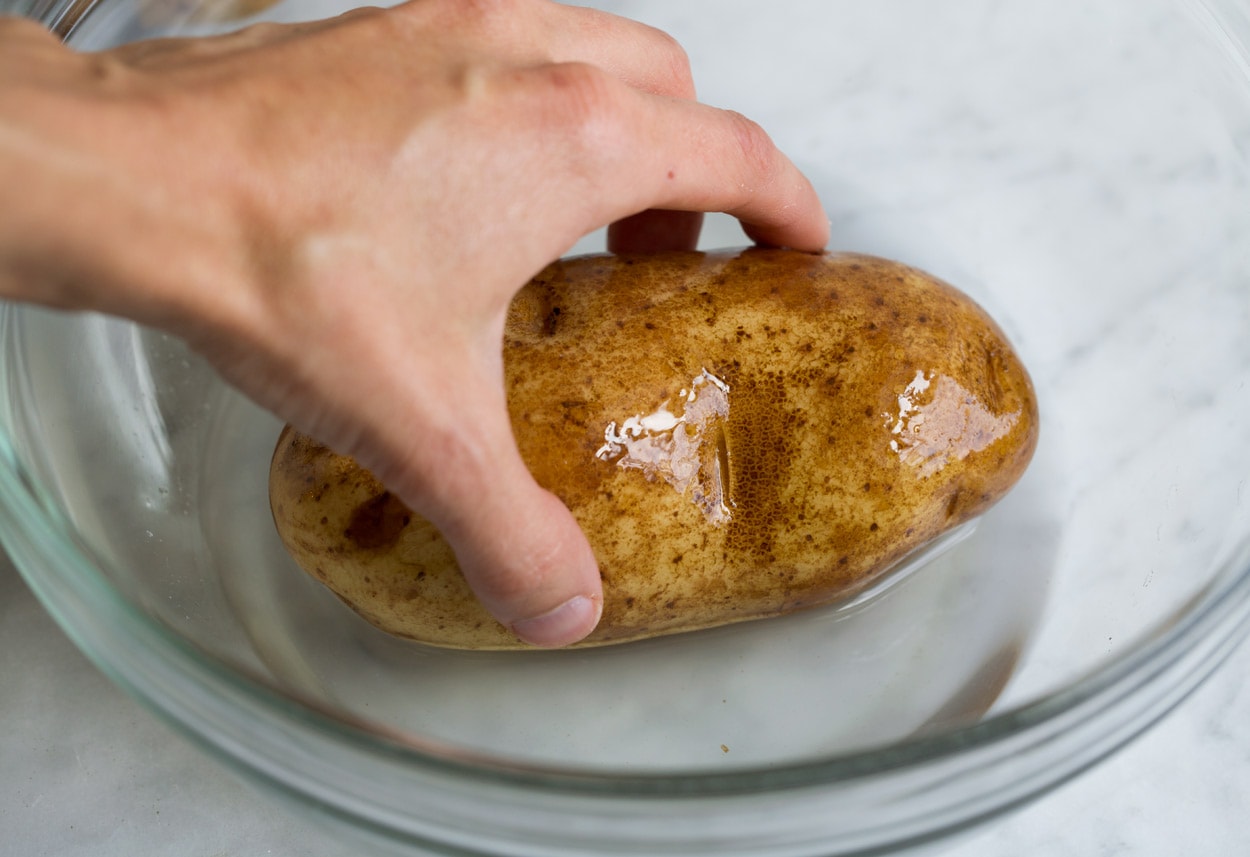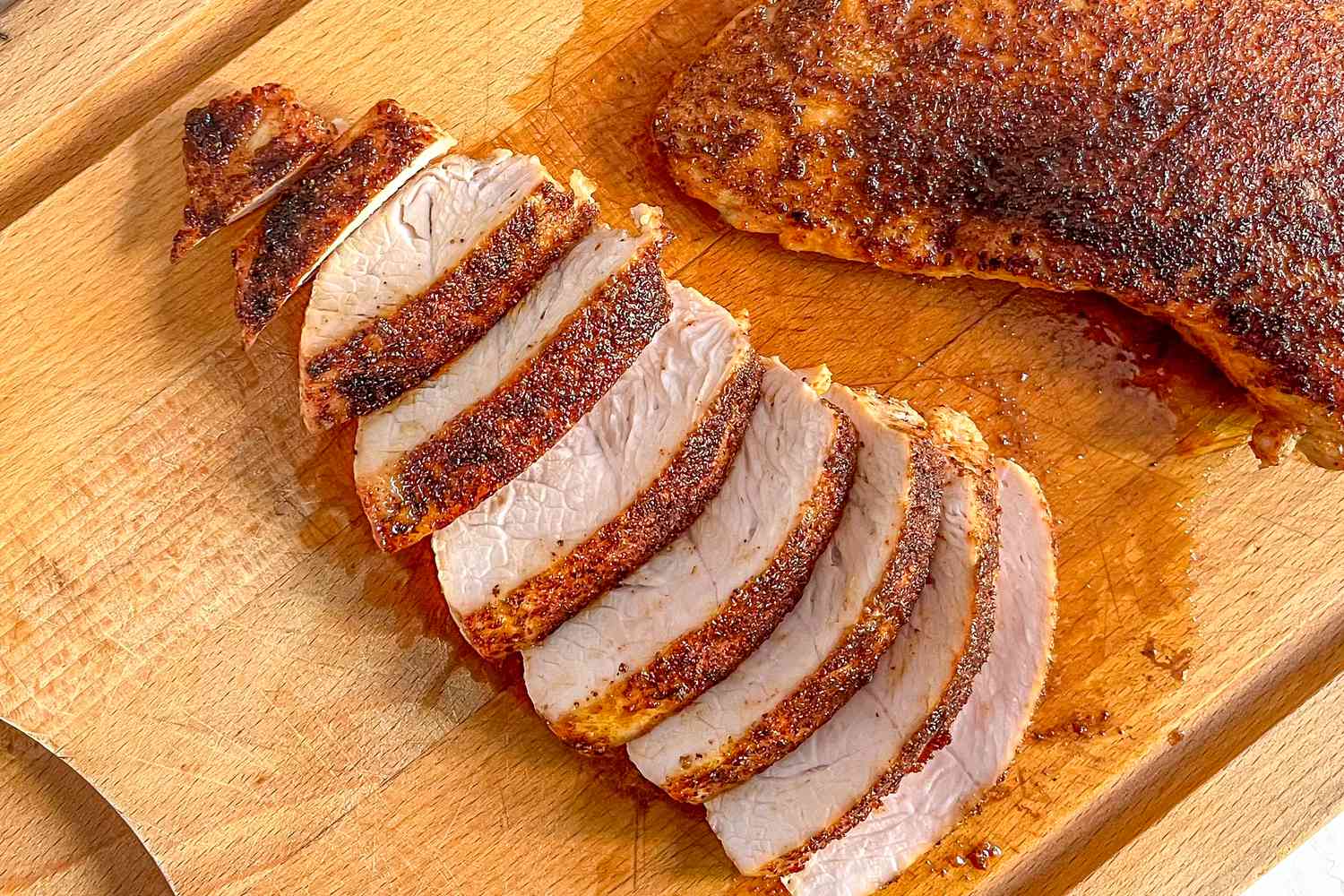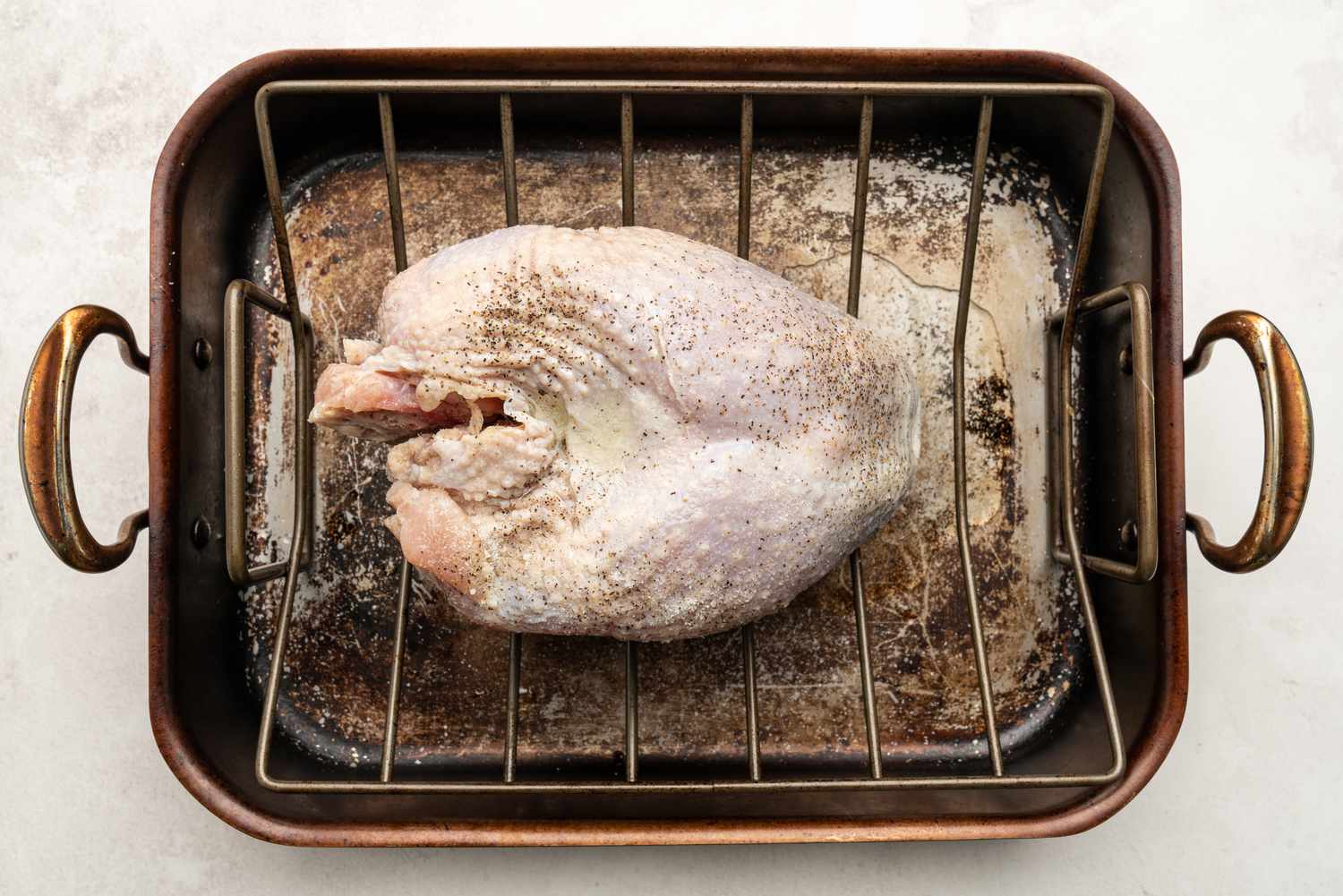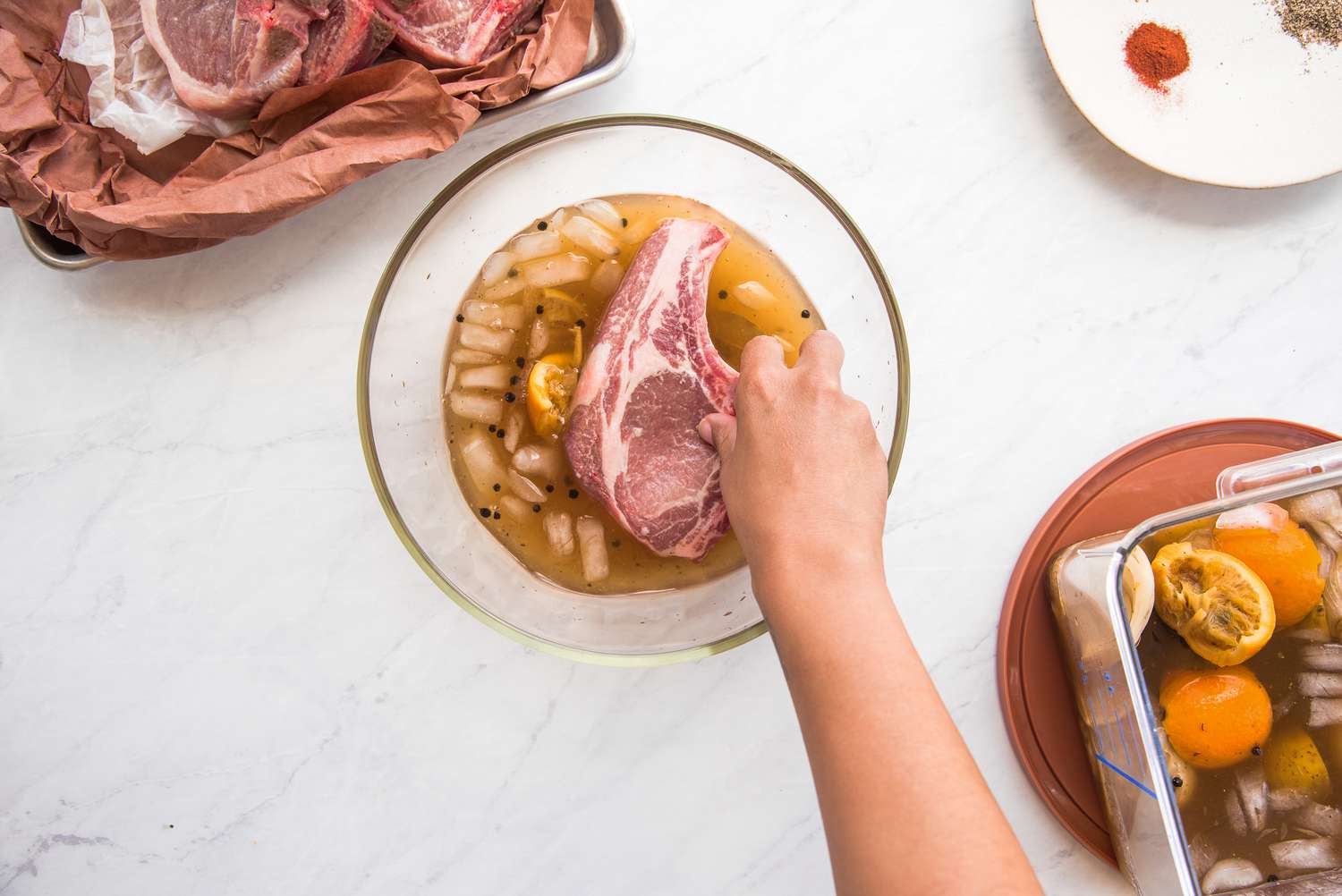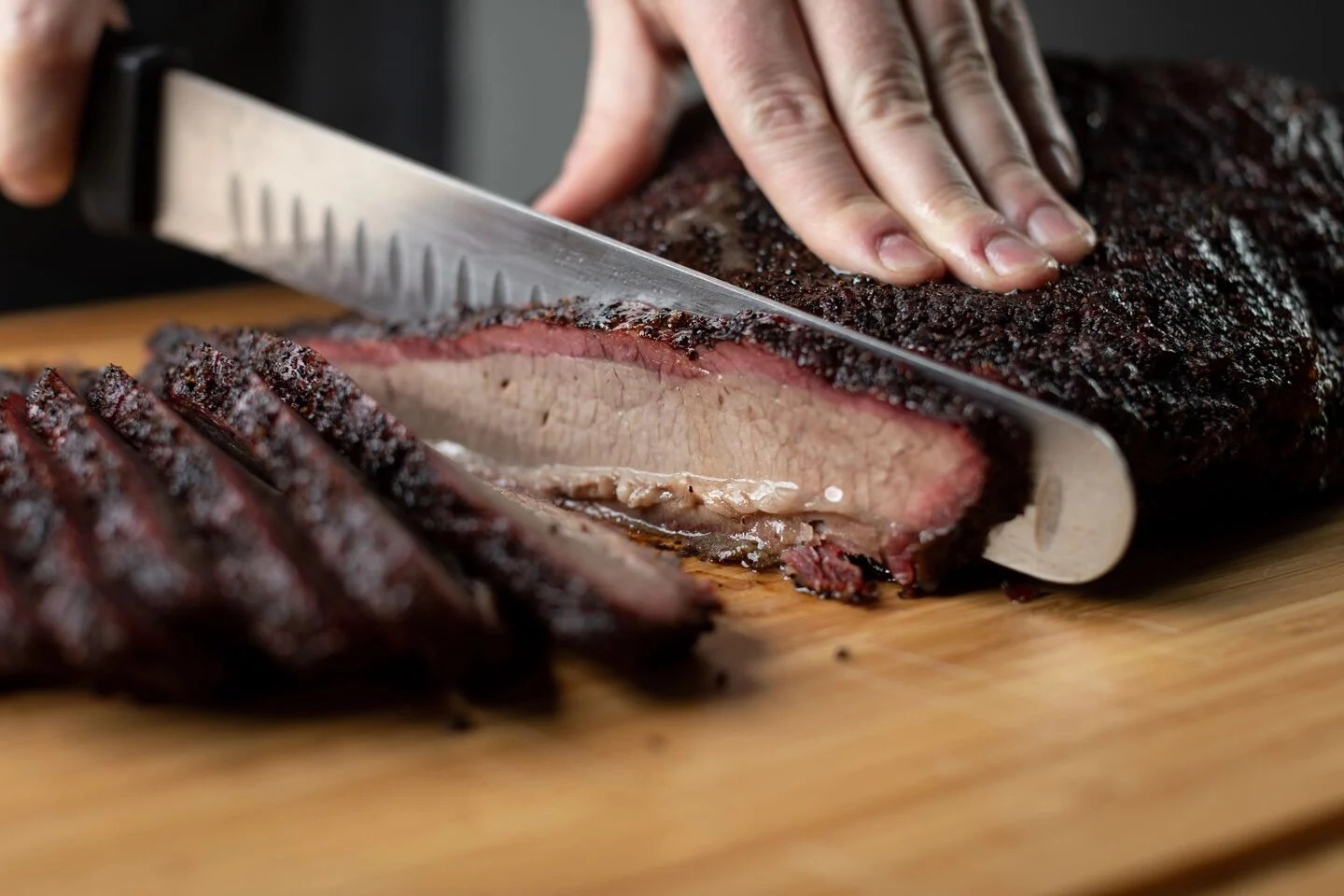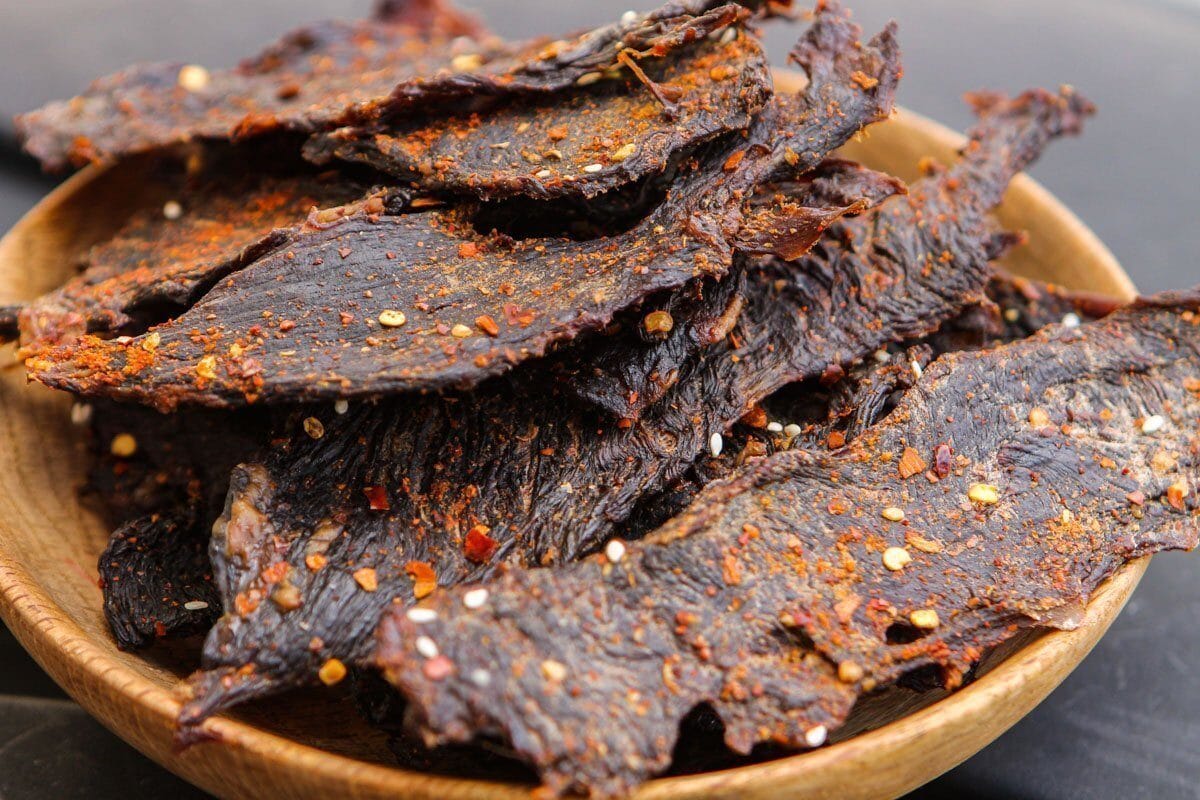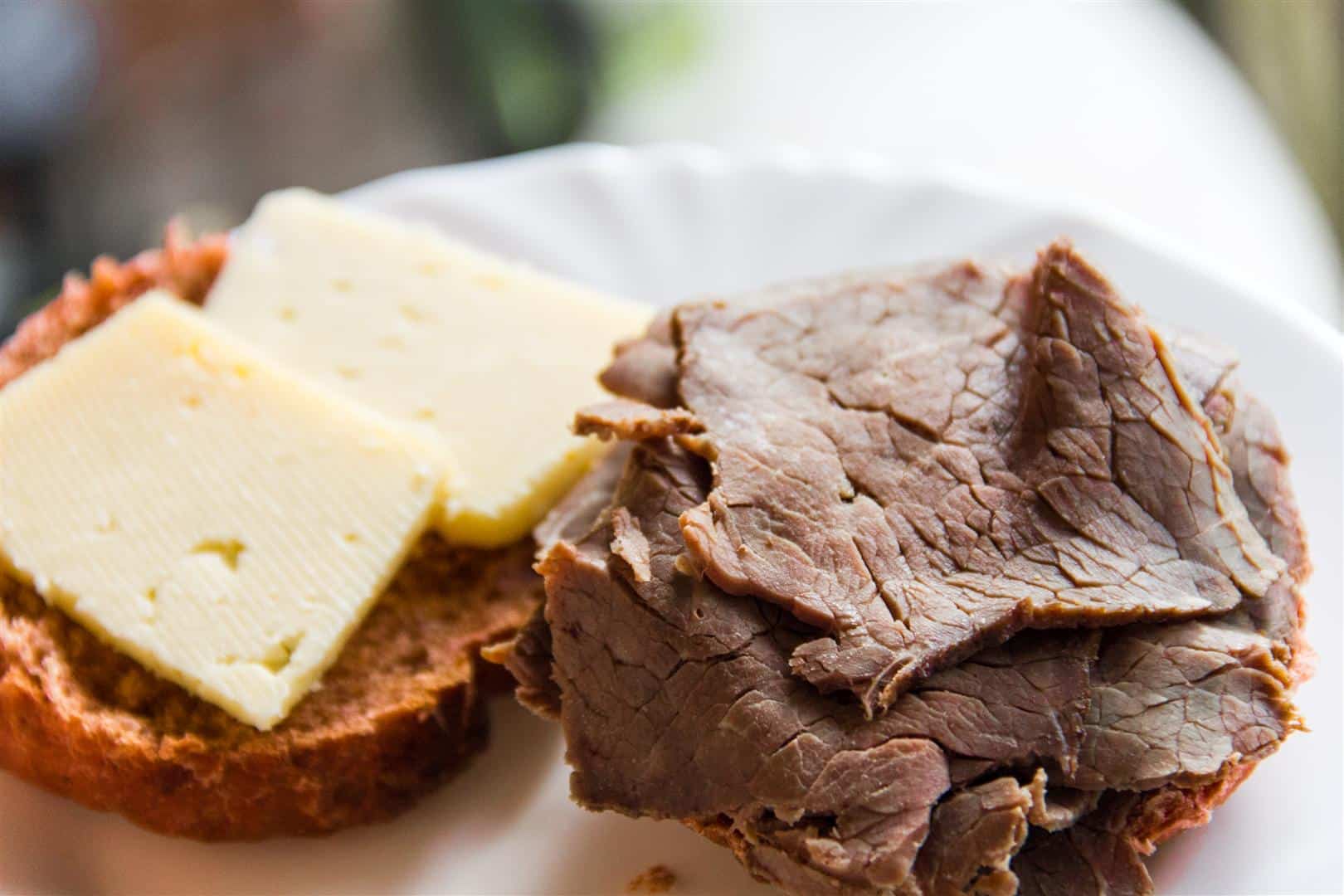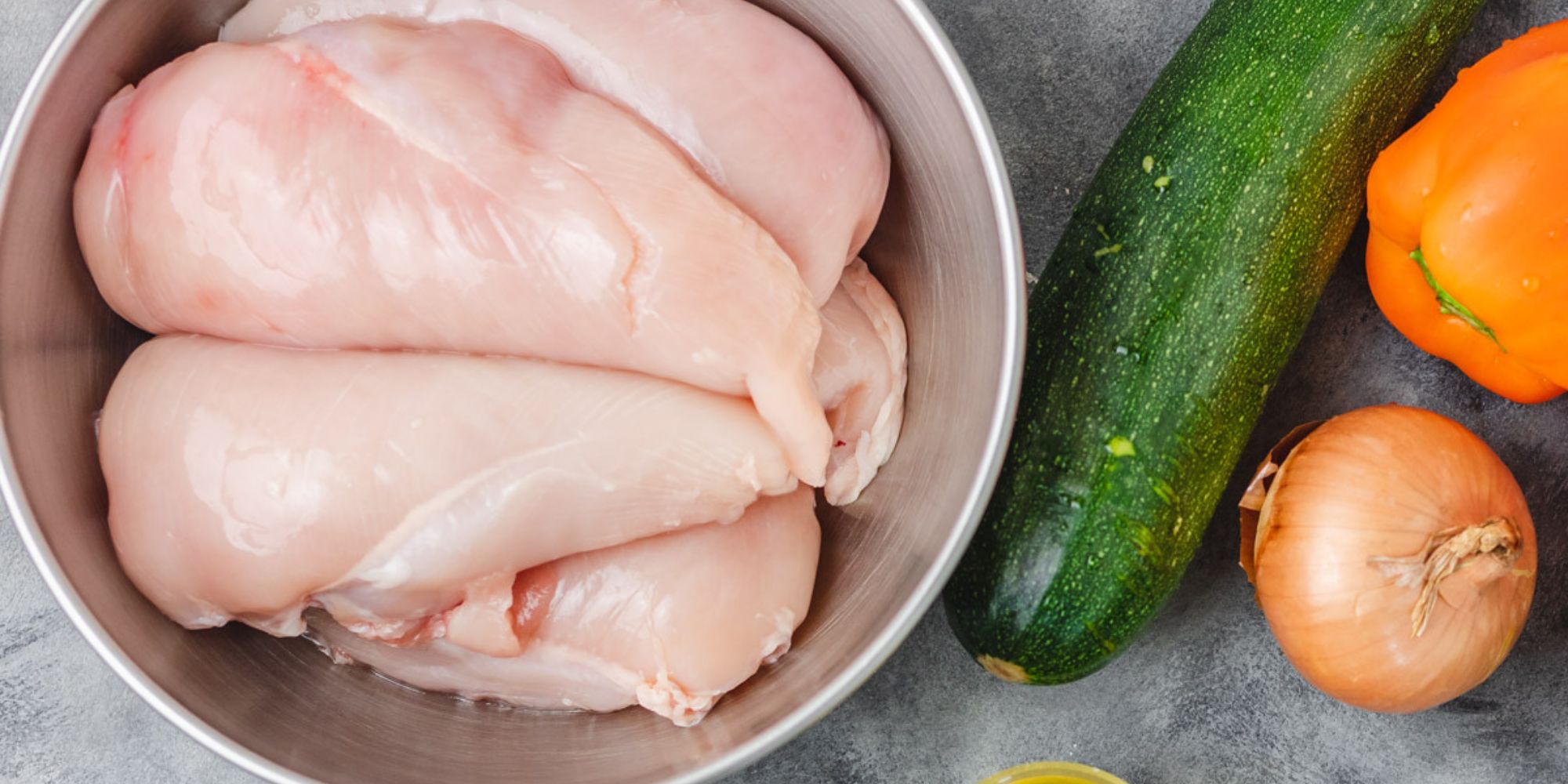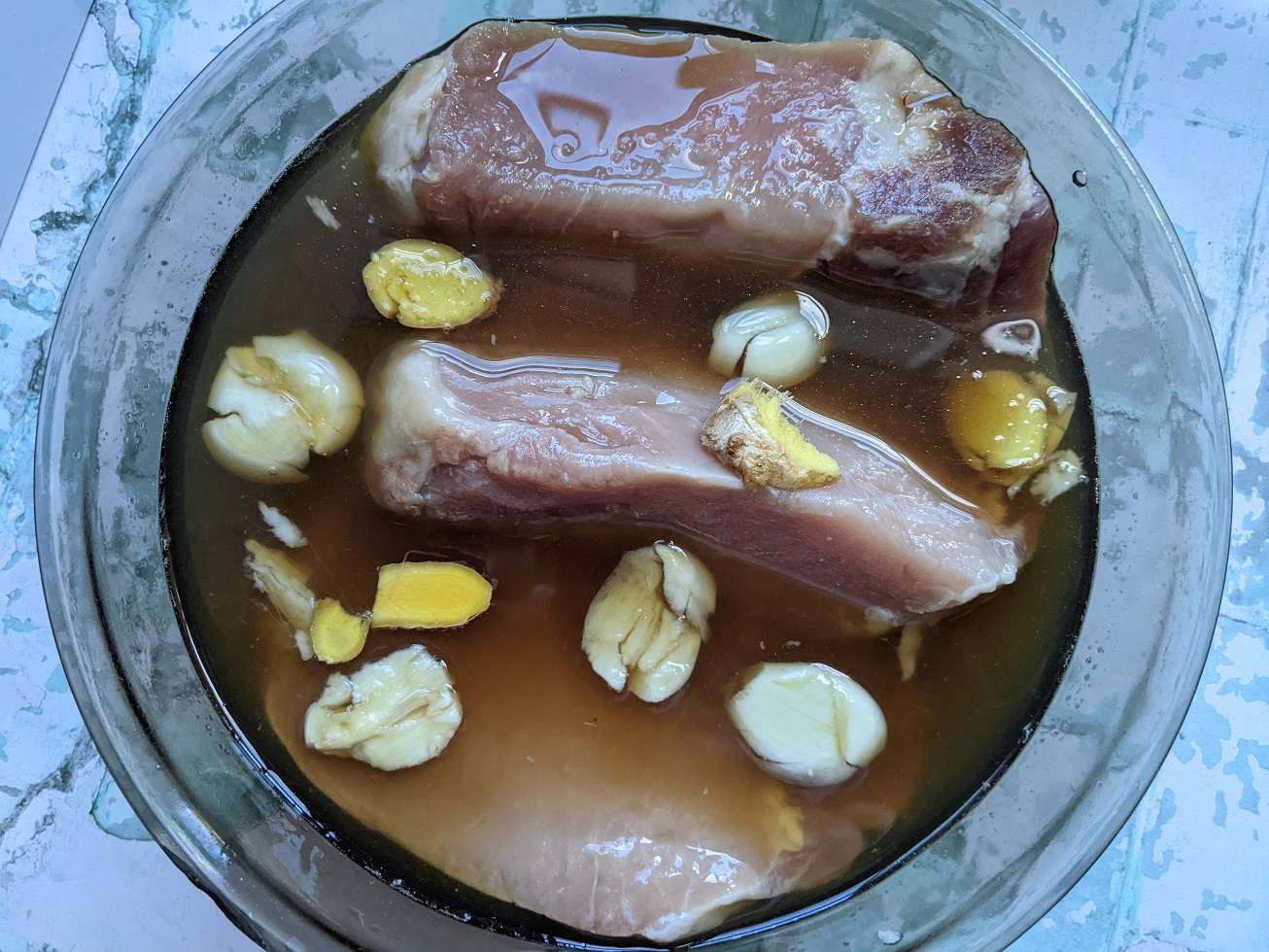Unlock the Secret to Flavorful Steak: Brining 101
Are you tired of serving up bland, tough steaks? If so, it’s time to learn the art of brining. Brining is a simple yet effective technique that can take your steak from ordinary to extraordinary. In this guide, we’ll walk you through the ins and outs of brining a steak, so you can impress your friends and family with perfectly seasoned, tender meat every time.
What is Brining?
Brining is a process that involves soaking meat in a solution of salt and water before cooking. This technique not only helps to infuse the meat with flavor but also works to tenderize it, resulting in a juicier and more succulent steak.
How to Brine a Steak
Brining a steak is a straightforward process that requires just a few simple steps:
- Prepare the Brine: In a large bowl, mix together water and salt. You can also add other flavorings such as sugar, herbs, and spices to customize the brine to your liking.
- Submerge the Steak: Place the steak in the brine, making sure it is fully submerged. Cover the bowl and refrigerate for the recommended brining time, which varies depending on the thickness of the steak.
- Rinse and Pat Dry: After brining, remove the steak from the brine and rinse it under cold water to remove any excess salt. Pat the steak dry with paper towels before cooking.
Benefits of Brining
Brining offers several benefits that can significantly enhance the flavor and texture of your steak:
- Improved Flavor: The salt in the brine helps to season the steak from the inside out, resulting in a more flavorful end product.
- Tenderness: The brine works to break down the muscle fibers in the meat, leading to a more tender and juicy steak.
- Customization: You can customize the brine with various herbs, spices, and aromatics to impart additional layers of flavor to the steak.
Tips for Brining Success
While brining is a relatively simple process, there are a few tips to keep in mind to ensure successful results:
- Use the Right Ratio: It’s essential to use the correct ratio of salt to water in your brine. A good rule of thumb is 1 cup of salt for every gallon of water.
- Don’t Over-Brine: Be mindful of the brining time, as over-brining can result in an overly salty steak.
- Experiment with Flavors: Don’t be afraid to get creative with your brine by adding different herbs, spices, and aromatics to customize the flavor profile of your steak.
Conclusion
Brining is a game-changer when it comes to preparing steak. By taking the time to brine your meat, you can elevate its flavor and texture to new heights. Whether you’re grilling, pan-searing, or roasting your steak, brining can make all the difference in creating a memorable dining experience. So, the next time you’re planning to cook steak, consider giving brining a try and savor the delicious results.
Was this page helpful?
Read Next: How To Brine Dove Breast
